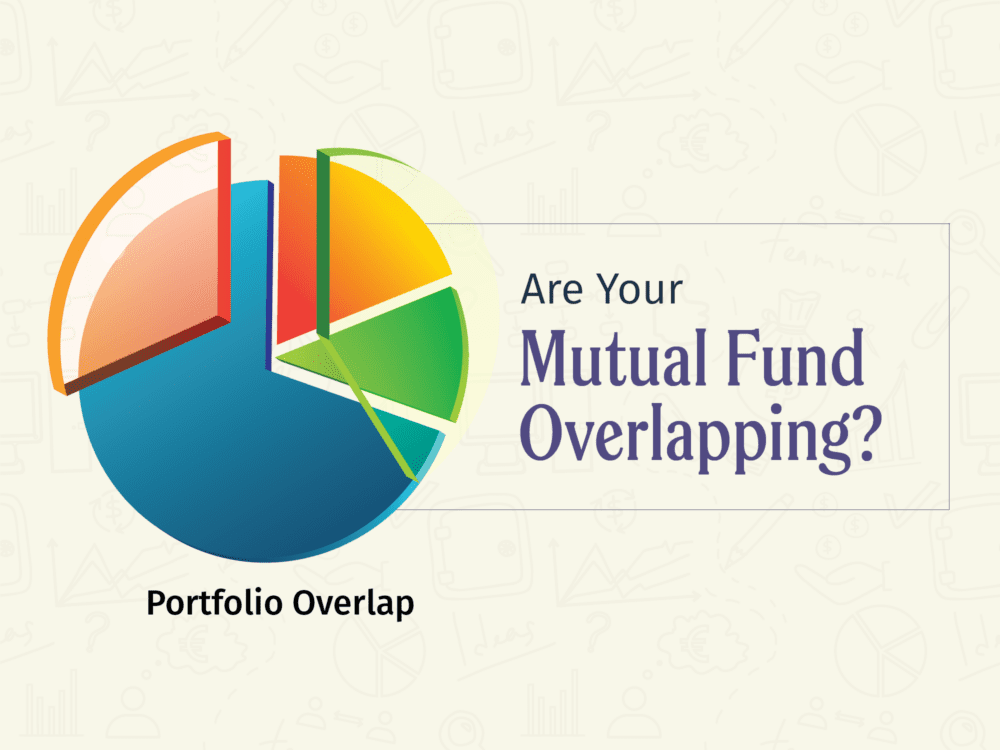The journey of generating wealth begins with a simple sound financial decision that is picking out your funds, Just as a skilled architect meticulously selects the right materials and designs to construct a sturdy structure, investors must carefully create their mutual fund portfolio to align with their objectives.
A well-diversified portfolio of mutual funds can provide a stable and consistent return on investment, while also minimizing risk. In this blog, we will explore the key steps and strategies involved in constructing a successful mutual fund portfolio.
Step 1: Understand what a Mutual fund portfolio needs
Constructing a successful mutual fund portfolio requires a comprehensive understanding of the essential elements that should be in place. Firstly, it is crucial to clearly define your investment objectives, whether they are short-term, medium-term, or long-term in nature. This will help guide the selection of appropriate investment vehicles to achieve those goals. Secondly, it is important to assess your risk tolerance, considering factors such as age, income, and temperament, to ensure that the chosen mutual funds align with your comfort level
Step 2: Selecting Investment Options
The next step in building a mutual fund portfolio is to choose the right mutual funds based on your risk tolerance and investment goals. Popular categories include:
- Equity Funds: Subdivided into large cap, mid cap, and small-cap funds.
- Passive Funds: These include index funds and ETFs that track benchmark indices, these offer the advantage of lower risk and lower costs.
- Flexi Cap Funds: Offer flexible investing across different market caps.
- Multi-Cap Funds: Invest across market caps but with less flexibility than flexi-cap funds.
- Debt Funds: Focus on fixed-income securities.
A financial advisor can be invaluable here, helping to tailor your portfolio to your financial situation and personality traits. Tools like “Moneysign” by 1 Finance can also help by matching your traits with investment profiles that suit your personality.
Step 3: General Allocation Strategy
If you’re unsure about navigating the variety of mutual fund categories, consider this basic strategy suggested by financial planners:
- Passive Funds: These funds replicate the performance of a market index, offering low-cost, diversified investments.
- Flexi Cap Funds: These allow the fund manager the flexibility to shift between market caps based on market conditions, balancing stability and growth potential.
Step 4: Choosing Between Direct and Regular Plans
Direct plans involve buying mutual funds directly from the company, saving on broker fees and generally resulting in lower expense ratios. Regular plans, while potentially more costly due to broker fees, can offer additional guidance and advice.
Also Read: Direct vs Regular Mutual Funds: What Shall You Opt?
Step 5: Modes of Investment
- Lump Sum: Investing a large sum at once, suitable for those looking to capitalize on market conditions.
- SIP (Systematic Investment Plan): Regular, incremental investments that average out purchasing costs and reduce market timing risks.
- SWP (Systematic Withdrawal Plan): Allows for regular withdrawals, creating a predictable income stream, ideal for retirees.
- STP (Systematic Transfer Plan): Moves funds between schemes, balancing potential gains with risk mitigation.
Monitoring, Review, and Rebalance
Regularly review and adjust your portfolio to align with market changes and personal financial goals. Tools like the “Financial Behavior Score” by 1 Finance can monitor your progress and suggest improvements.
Common Investment Mistakes to Avoid
- Overlooking comprehensive financial planning.
- Basing decisions solely on past fund performance.
- Overdiversifying, which can dilute potential gains.
- Making impulsive decisions during market downturns.
Conclusion
Building a mutual fund portfolio is a deliberate and strategic process, akin to assembling a complex puzzle. By following these steps and consulting with a financial advisor, you can navigate the complexities of mutual funds and work towards long-term financial success. As your wealth grows, it becomes increasingly important to consider all facets of financial planning to ensure comprehensive coverage and security.










